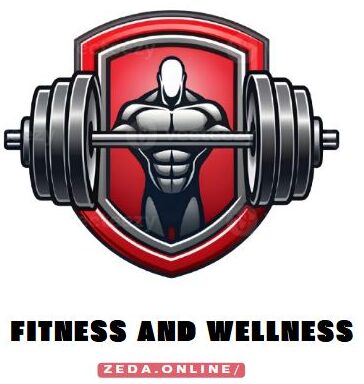What is the internal front iliac column?
The internal front iliac column (Eiai) is a crucial bone structure located on the iliac bone, which is an integral part of the pelvic belt. This bone protuberance is located in the front and outside the iliac bone, near the sacroilian joint.
The iliac muscle
Although small, Eiaia plays a fundamental role in human anatomy I serve as an attachment point for various muscles and ligaments, thus influencing the mechanics of movement and the stability of the body.
Anatomy and location
Eiaia is located on the front of the iliac bone, just above the large sciatic notch. This strategic position is essential for healthcare professionals, because it allows you to easily identify this structure during clinical exams. Eiai is an anatomical point of reference that doctors and physiotherapists use to identify other anatomical structures, such as muscles, nerves and blood vessels.
Muscle role
Eiaia acts as an attachment point for different important muscles, in particular:
- The iliac muscle : This muscle is a powerful flexor of the hip, which plays a crucial role in the flexion of the thigh and in the stabilization of the pelvis during the walk and the race. The activation of this muscle is essential for fluid and effective movements.
- The muscle pama : Associated with the iliac muscle, the psoa are also a flexor of the hip. In addition to facilitating flexion, PSOA play a role in the rotation of the thigh. These two muscles, often grouped under the term «psoas-illiac muscle», are essential for daily activities such as getting up, sitting and mounting the stairs.
- The oblique muscles and the transversal of the abdomen : Although less directly attached to eiai, these muscles interact with the pelvic structures and influence the posture and stability of the trunk.
Clinical importance
From a clinical point of view, Eaiai is often examined during consultations for pelvic or lumbar pain. Doctors can evaluate this area to diagnose muscle lesions, tensions or joint problems. For example, irradiant pain can be connected to the irritation of adjacent nerves or muscle tensions by Eiai.
In addition, Eiaia is a crucial point of reference during surgical procedures, such as the hip arthroplasties or the repairs of inguinal hernias. The precise anatomical knowledge of this region provides surgeons to avoid complications and guarantee optimal recovery for patients.
Associated pathologies
Different pathologies can influence the AIEI and the muscles attached to it:
- Psoas syndrome : This condition is manifested by pain in the low region of the rear and can be caused by excessive use of the PSOAS muscles. An assessment of tensions around Eiai is often necessary for effective treatment.
- Tendonitis : The tendonitis of the iliac muscles can survive due to repetitive or poor posture movements, with consequent pain and decrease in mobility.
- Myofasceral pain syndrome : The trigger points in the muscles attached to Eiai can cause painful pain in the pelvic or lumbar region.
Conclusion
The internal front Iliac column is a key structure of the pelvis anatomy, playing a fundamental role in muscle function and body stability. His in depth knowledge is essential for healthcare professionals, in particular those who work in the sectors of physical medicine, physiotherapy and orthopedic surgery. By better understanding the eiai, we can improve our diagnostic and therapeutic approach concerning the pathologies associated with this region.
In the end, Eiai illustrates the importance of each anatomical component in the general functioning of the body. Attention adequate to this structure can not only prevent injuries, but also optimize physical performance, allowing people to lead an active and painless life.
window.didomiEventListeners = window.didomiEventListeners || [];
window.didomiEventListeners.push({
event: ‘consent.changed’,
listener: function () {
if (Didomi.getUserConsentStatusForPurpose(‘cookies’) && Didomi.getUserConsentStatusForPurpose(‘measure_content_performance’)){
(function(i,s,o,g,r,a,m){i[‘GoogleAnalyticsObject’]=r;i[r]=i[r]||function(){
(i[r].q=i[r].q||[]).push(arguments)},i[r].l=1*new Date();a=s.createElement(o),
m=s.getElementsByTagName(o)[0];a.async=1;a.src=g;m.parentNode.insertBefore(a,m)
})(window,document,’script’,’
ga(‘create’, ‘G-Y189GJ99SP’, ‘auto’);
ga(‘send’, ‘pageview’);
var aepc_pixel = {«pixel_id»:»184760362249662″,»user»:{},»enable_advanced_events»:»yes»,»fire_delay»:»0″,»can_use_sku»:»yes»},
aepc_pixel_args = [],
aepc_extend_args = function( args ) {
if ( typeof args === ‘undefined’ ) {
args = {};
}
for(var key in aepc_pixel_args)
args[key] = aepc_pixel_args[key];
return args;
};
// Extend args
if ( ‘yes’ === aepc_pixel.enable_advanced_events ) {
aepc_pixel_args.userAgent = navigator.userAgent;
aepc_pixel_args.language = navigator.language;
if ( document.referrer.indexOf( document.domain ) < 0 ) {
aepc_pixel_args.referrer = document.referrer;
}
}
!function(f,b,e,v,n,t,s){if(f.fbq)return;n=f.fbq=function(){n.callMethod?
n.callMethod.apply(n,arguments):n.queue.push(arguments)};if(!f._fbq)f._fbq=n;
n.push=n;n.loaded=!0;n.version='2.0';n.agent="dvpixelcaffeinewordpress";n.queue=[];t=b.createElement(e);t.async=!0;
t.src=v;s=b.getElementsByTagName(e)[0];s.parentNode.insertBefore(t,s)}(window,
document,'script','https://connect.facebook.net/en_US/fbevents.js');
fbq('init', aepc_pixel.pixel_id, aepc_pixel.user);
setTimeout( function() {
fbq('track', "PageView", aepc_pixel_args);
}, aepc_pixel.fire_delay * 1000 );
}
else {}
}});
latest posts published
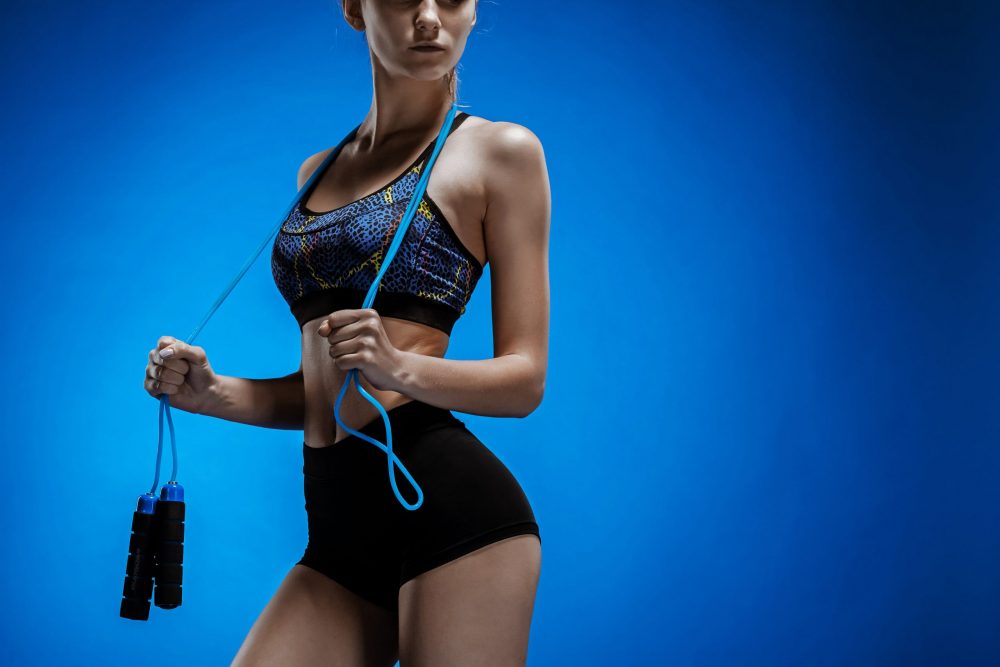
Weight loss exercises. Easy and interactive

I want to lose weight: what to start?

Everyday food calories

Breastfeeding. Everything you need to know about this process.
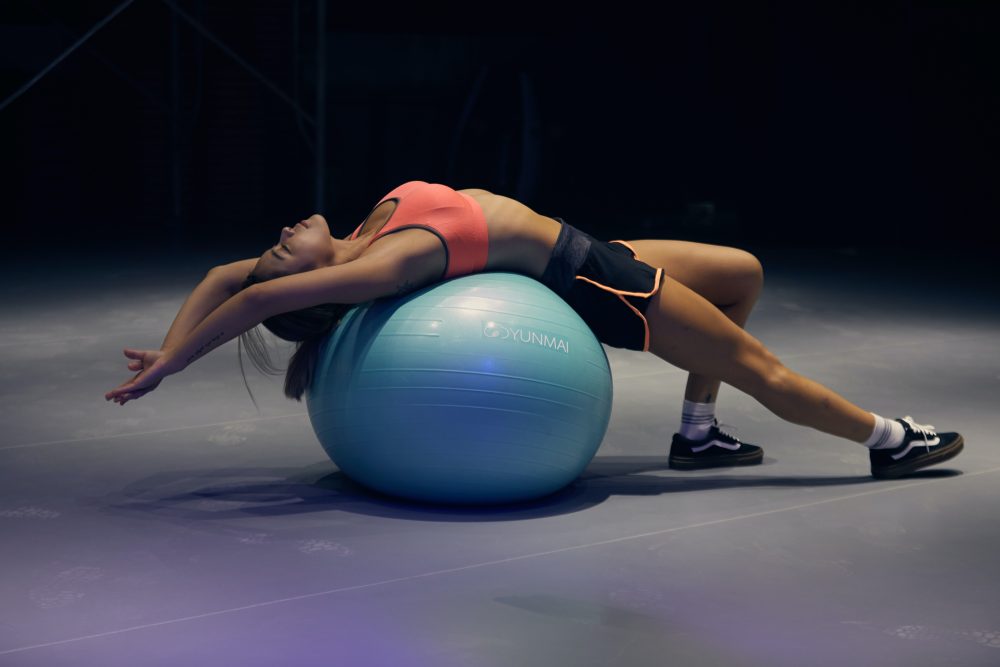
Exercises a room for women for women
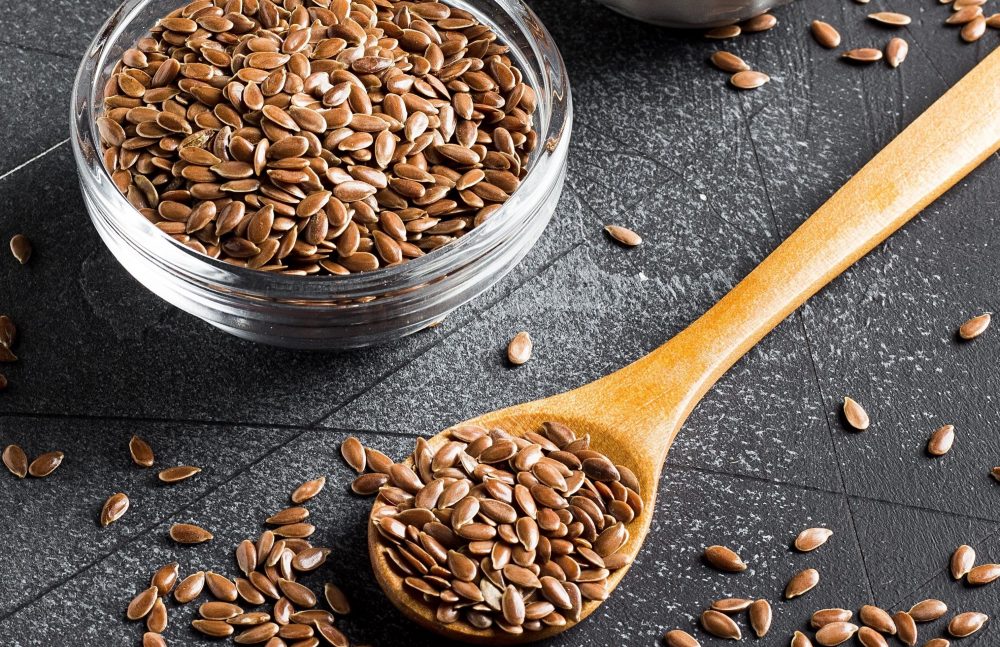
Weight – seeds that are good – how is it consumed to lose weight?

What food we consume spring to restore our body and receive the energy source we need this season
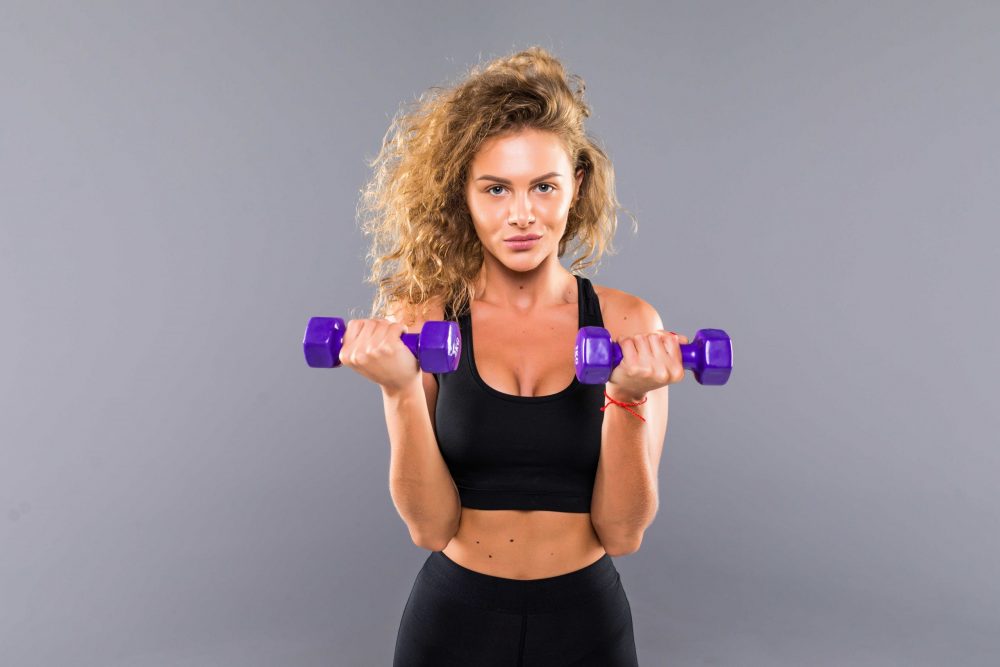
Exercises for the chest stopped and enviable
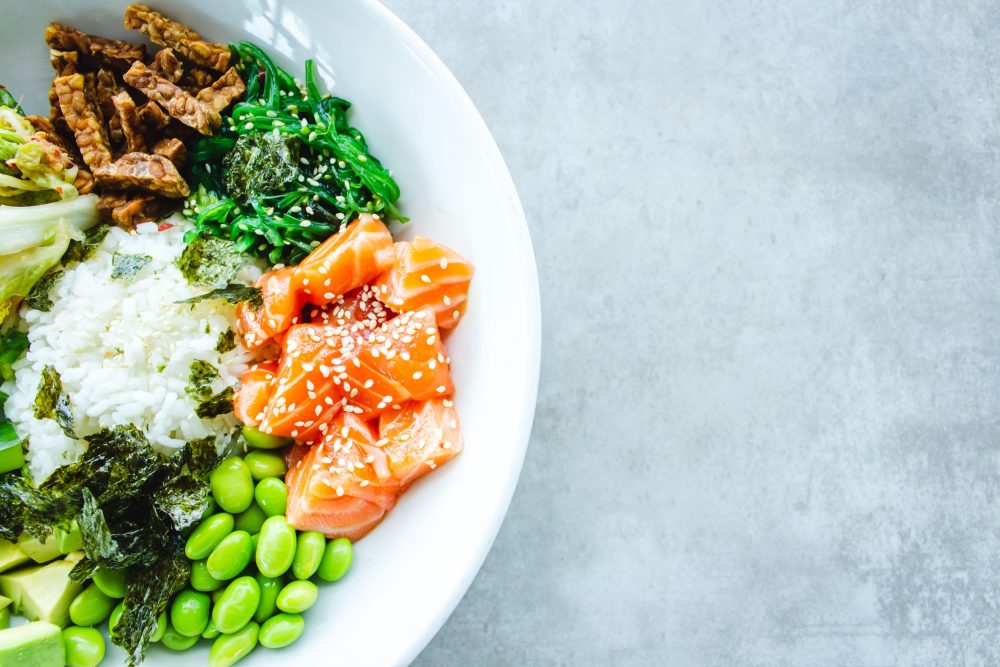
DEIGNING DIET – Features

